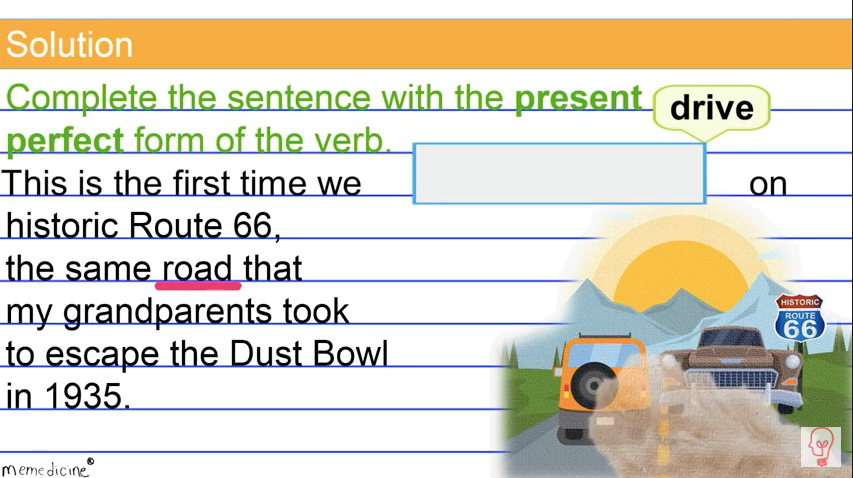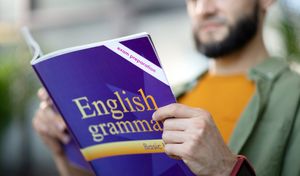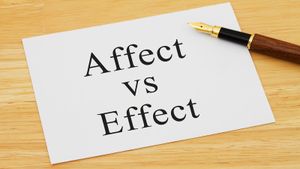And I foundation verb question complete then this is the first time on the route. The same that my grandparents took in the, or will form the use form OFB OFB verbs, but sometimes the verb is irregular.
The corresponding second person, singular, will be paired with the first person, singular pronoun, first plural, the singular all third person, plural pronouns. All right. So that might have been a lot to digest.
Mentally, check out these examples. The sun has broken through the clouds note that here has, is the second person singular form of the verb to have, again, it agrees with its singular subject. The sun. Also notice that the main verb, check out now, check out another example, John, and have played the violin for the present tense of the verb to have plurals. Our plural is so the presently corresponds to its plurals so tells about something that has happened or has started already.
It uses a present tense form of the helping verb to have, which is HS for a singular person. And just in case, you're wondering an example of a singular person would be the no road.

Obviously, it's singular because only one road is being discussed. When communicating from a third-person point of view, you're basically acting as a narrator. And you mentioned the person place or thing you are speaking of my name, or you discuss your subject with pronouns. Like he, she, it, or they you're using communication. This is from a speaker's point of view.
Also as autobiographical communication, discussing communication employs the use of the singular pronoun, I or the plural first-person pronoun. We, when more than one person discusses, their point of view have, is also used for second person communication.
When the speaker is directly addressing an audience of one or an audience of many individuals whereby the you pronouns are used.
So we're, you is also used for all plural third-person communication. Again, this is when we're discussing things from a narrative point of view and an example of a plural third person, no would-be grandparents because we're talking about more than one grandparent form of the verb to have is then combined with the past of the main verb and voila.
We have the present, according to this rule is the presence of the verb. For the main verb, irregular notice that the verb form differs from its simple form that's D I'm highlighting this difference to assume that verb form is always the same as the tense of a verb is only true for most regular verbs and a few irregular verbs moving along.
We have wee with the present tense form of the helping verb to have that agrees in number with the subject OFB plural.






